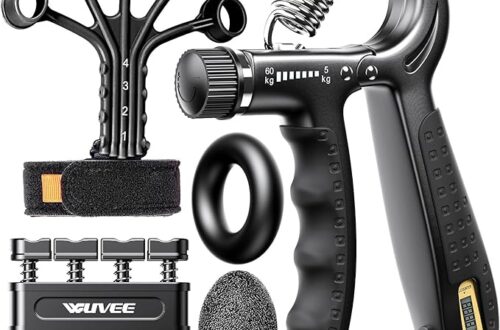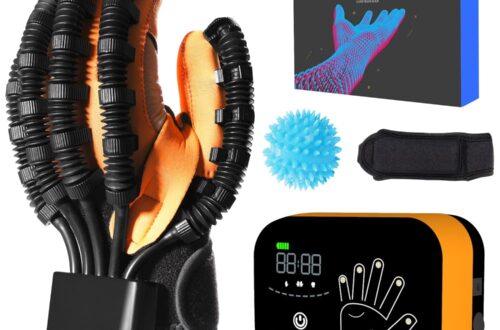Stroke is a leading cause of disability worldwide, affecting millions of individuals each year. The devastating consequences of stroke can be mitigated through early and comprehensive rehabilitation,
which plays a crucial role in promoting recovery and improving quality of life. In recent years, the use of adaptive equipment has emerged as a valuable tool in stroke rehabilitation, enabling patients to
regain independence, mobility, and motor function. This article will delve into the world of adaptive equipment, exploring its benefits, applications, and impact on stroke rehabilitation outcomes.
What is Adaptive Equipment?
Adaptive equipment refers to specialized devices designed to assist individuals with physical disabilities or impairments. These devices are tailored to meet the unique needs of patients, enhancing their
ability to perform daily activities, move around safely, and maintain independence. In the context of stroke rehabilitation, adaptive equipment helps patients overcome the physical challenges associated
with motor function impairment.
Benefits of Adaptive Equipment in Stroke Rehabilitation
The use of adaptive equipment in stroke rehabilitation offers numerous benefits, including:
- Improved mobility: Adaptive equipment such as walkers, canes, and wheelchairs enables patients to move around safely and efficiently, reducing the risk of falls and injuries.
- Enhanced independence: Devices like adapted utensils, dressing aids, and personal care devices promote independence in daily living activities, such as grooming, feeding, and toileting.
- Increased motor function: Adaptive equipment designed for upper limb rehabilitation, such as robotic arms or exoskeletons, helps patients regain motor control and strength in their affected limbs.
- Reduced caregiver burden: By providing patients with the tools they need to perform daily tasks independently, adaptive equipment reduces the physical and emotional burden on caregivers.
- Improved patient confidence: The use of adaptive equipment instills confidence in patients, enabling them to participate more actively in rehabilitation programs and set realistic goals for
recovery.
Applications of Adaptive Equipment in Stroke Rehabilitation
Adaptive equipment is used in various aspects of stroke rehabilitation, including:
- Upper limb rehabilitation: Devices like robotic arms, exoskeletons, and hand therapy tools help patients regain motor function and strength in their affected limbs.
- Lower limb rehabilitation: Walkers, canes, wheelchairs, and adaptive seating systems enable patients to maintain mobility and independence while recovering from lower extremity impairments.
- Seating and positioning: Adaptive seating systems, such as standing frames or tilt-recline chairs, promote optimal positioning for comfort, safety, and effective rehabilitation.
- Personal care and daily living: Devices like adapted utensils, dressing aids, and personal care devices facilitate independent living and reduce caregiver burden.
Impact on Stroke Rehabilitation Outcomes
The use of adaptive equipment in stroke rehabilitation has a significant impact on patient outcomes, including:
- Improved functional abilities: Patients who use adaptive equipment demonstrate improved functional abilities, such as walking, dressing, and toileting independently.
- Enhanced participation: The availability of adaptive equipment encourages patients to participate more actively in rehabilitation programs, leading to better overall recovery outcomes.
- Increased patient satisfaction: Patients using adaptive equipment report higher levels of satisfaction with their care and rehabilitation experience, which is essential for long-term adherence to
treatment plans. - Reduced hospital readmissions: The use of adaptive equipment can reduce hospital readmissions by enabling patients to maintain independence and mobility in the community.
Conclusion
Adaptive equipment plays a vital role in stroke rehabilitation, enhancing recovery outcomes and improving patient quality of life. By providing patients with the tools they need to overcome physical
challenges, adaptive equipment promotes independence, mobility, and motor function. As the healthcare landscape continues to evolve, it is essential that healthcare providers and researchers prioritize
the development and implementation of innovative adaptive equipment solutions. By doing so, we can improve the lives of stroke survivors worldwide and promote optimal recovery outcomes.
References
- American Heart Association. (2020). Stroke Rehabilitation: A Guide for Patients and Families.
- National Institute of Neurological Disorders and Stroke. (2020). Stroke Rehabilitation.
- World Health Organization. (2019). Rehabilitation after Stroke.
- Stroke Association. (2020). Rehabilitation After Stroke.





